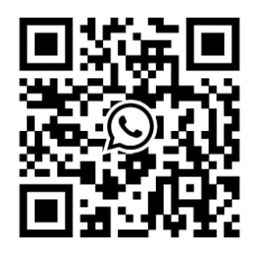Blogs
VOM detection methods and steps
Release time:
2023-02-08 16:43
Source:
1.1, the clean aluminum foil into the oven at 100 ℃ oven bake 1 hour;
1.2, the aluminum foil into the dryer, the cooling at room temperature to the aluminum foil weight stability;
1.3, accurately weighed aluminum foil disc and record the weight of M1;
1.4, take the silica gel sample about 10 grams and cut into about 1cm2 size into the aluminum foil plate;
1.5, the sample together with the aluminum foil into the dryer;
(This step is very important to prevent moisture contact with the sample)
◆ The time of this step depends on the indoor humidity, when the weight of the sample for two consecutive weighing the same time, determine the sample is dry
◆ Recommended sample drying time of not less than 12 hours
1.6, accurate weighing aluminum plate + sample weight M2;
1.7, the sample curing process: the sample and the aluminum foil tray together into the oven at 200 ℃ constant temperature 4 hours;
1.8, the vulcanized samples with aluminum foil tray together into the dryer, at room temperature for cooling at least 3 small
Until no change in weight stability;
1.9, accurately weighed and cooled by drying and drying aluminum foil plate + sample and record the weight of M3;
1.10, the formula for calculating the percentage of VOM content is:
% VOM = [(M2-M1) – (M3-M1)] / (M2-M1) x100
Hot News
The Versatile World of Rubber Membrane Buttons: An Insight into Their Applications and Benefits
Rubber membrane buttons have emerged as a popular choice in the construction and decorative materials sector, particularly in applications requiring user-friendly interfaces. These buttons are typically made from a durable rubber material that provides a tactile response, making them ideal for various electronic devices and control panels. One of the primary advantages of rubber membrane buttons i
Unleashing Innovative Design Possibilities with Membrane Switch Keypads
Unleashing Innovative Design Possibilities with Membrane Switch Keypads In today's fast-paced world, the demand for cutting-edge design in electronic interfaces is at an all-time high. Membrane switch keypads have emerged as a key component in achieving this balance of innovation and functionality. Offering versatility, sleek aesthetics, and user-friendly features, membrane switches are revolution
Understanding Pressure Sensor Circuits: Key Insights for Building and Decorative Applications
Pressure sensor circuits play a crucial role in various applications, particularly in the building and decorative materials industry. These circuits are designed to detect and measure pressure changes within a given environment, providing valuable data for numerous systems. Understanding how pressure sensor circuits operate and their significance can be beneficial for professionals engaged in desi
The Evolution of Button Switches: Exploring Rubber Membrane Technology
The Evolution of Button Switches: Exploring Rubber Membrane Technology Table of Contents 1. Introduction to Button Switches 2. Historical Development of Button Switches 3. Understanding Rubber Membrane Technology 3.1 What is Rubber Membrane Technology? 3.2 Applications of Rubber Membrane Switches 4. Advantages of Rubber Membrane Switches 4.1 Durability and Longevity 4.2 Design Flexibility and Aest









